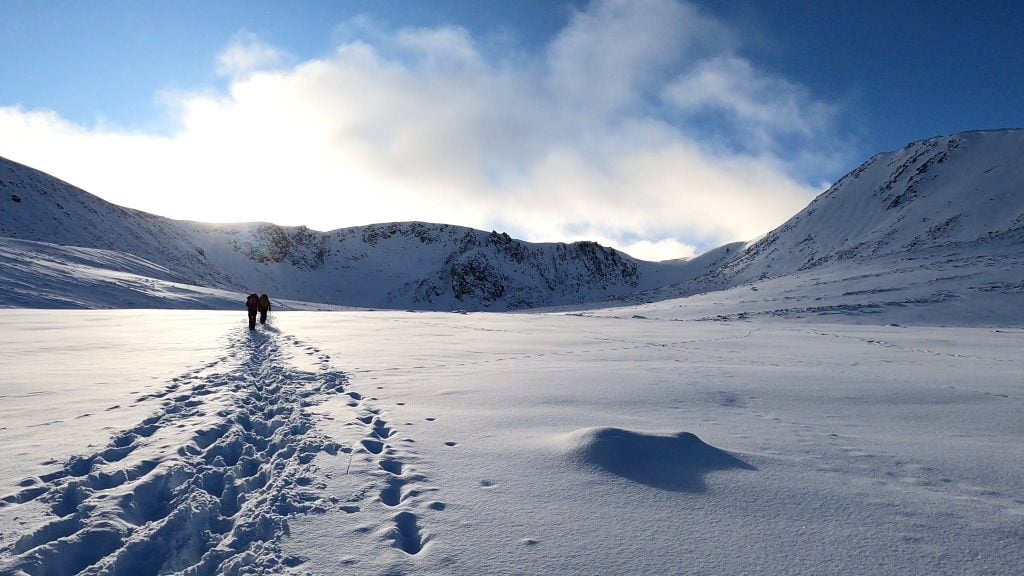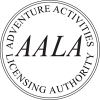What kit do you need for a winter walk?
Walking in Scotland in winter can provide you with some of the greatest views and sights imaginable, but you need the correct kit. But it can also be a harsh and unforgiving environment if the conditions are unfavourable. If you don’t already know the Winter Skills required to be able to travel safely in the hills, then we recommend booking onto a Winter Skills course with us.There are pieces of kit that you are probably going to want to wear and then there are pieces of kit that you are going to want to take in your bag. Obviously, what you take with you depends on individual circumstances, what you are doing/where you are going so this list is not intended to be exhaustive. You may find you want other items, but equally you might find you don’t take some of them…When walking in winter, it is important to travel as light as possible to minimise the effects of fatigue, which in winter could lead to compromising your own and possibly other people’s safety. That said, the counter argument is to ask yourself what you would do if you were unable to get off the hill and were benighted? This could be due to fatigue, being lost, an over ambitious route choice or a minor accident like a twisted ankle. Could you survive a night (or more) outside in wild sub-zero temperatures? Lots to consider!Kit you are going to want to wear:
- Winter boots appropriate for what you are doing – they need to be able to take crampons. If in doubt, a b2 boot is a good all-rounder.
- Crampons – they need to be able to fit the boots – if you have a b2 boot you will want a c2 crampon.
- Good quality waterproofs
- Gaiters – either in-built or separate (in-built ones tend to rise so separate ones are better and will keep your feet snow free)
- Good quality winter walking socks
- Thermals + mid layers appropriate to the person.
- Hat
- Gloves
- A backpack large enough for the kit to go in and comfortable enough to walk with
- Ice axe – suitable for the activity you are doing.
Kit to go in a bag:
- Spare gloves / Duvet jacket
- Buff or balaclava
- Food
- Water + a thermos for a hot drink
- First aid kit
- Emergency shelter
- Goggles
- Repair kit
- Separate dry bags to keep kit dry inside your bag
- Headtorch
- Spare layer to stay warm
- Sunglasses and sun cream, depending on the weather obviously
- Phone and waterproof case
- AND … Map and compass in your pocket (not in your bag) … a spare compass in your bag is a very good idea as well.
Other kit you might want
- Helmet – personal choice and depends on what you are doing
- Sling (240) and a karabiner (HMS)
- Rope (lightweight walking rope – 30m)
- Transceiver
- Shovel
- Avalanche probe
- Consider a lightweight sleeping bag
 As we said earlier, the list is not exhaustive and depends entirely on what you are doing. If in doubt, play it safe – if you are not sure whether you want to take something, then take it – better to have it and not need it than the opposite.
As we said earlier, the list is not exhaustive and depends entirely on what you are doing. If in doubt, play it safe – if you are not sure whether you want to take something, then take it – better to have it and not need it than the opposite.






